Strongest Solvent for Oils
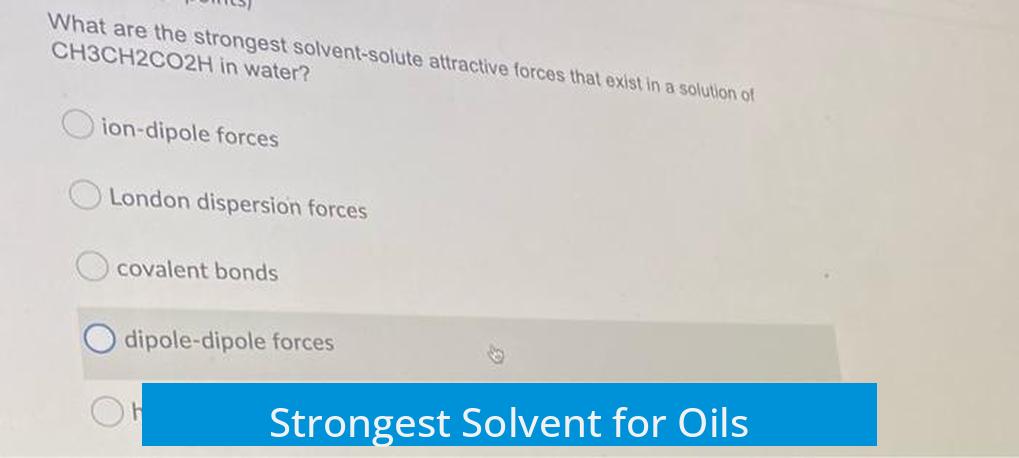
The strongest solvent for oils is typically nonpolar solvents such as hexane and toluene, but these are hazardous and unsuitable for casual use. Safer and effective alternatives include surfactant-containing cleaners and industrial degreasers that help dissolve and remove oils efficiently.
Understanding Solvents for Oils
Oils are nonpolar substances. Therefore, solvents that dissolve oils generally share this nonpolar characteristic. Common nonpolar solvents include hexane and toluene. These solvents dissolve oils by interacting with their nonpolar molecules, effectively breaking them down. However, hexane and toluene pose health and safety risks, making them ideal only for controlled environments like labs or industry.
Using such nonpolar solvents outside controlled settings, for example, to clean oil spilled on a floor, may not practically simplify cleanup due to toxicity and volatility. Simply dumping toluene on oil doesn’t always facilitate easier removal.
Safer Alternatives for Oil Removal

Surfactant-based cleaners like dish soap or products such as Simple Green offer a more user-friendly solution. Surfactants carry both polar and nonpolar ends, enabling them to interact with oils and water simultaneously. This dual interaction helps emulsify oils, making them easier to wash away with water.
- Dish Soaps: Contain mild surfactants that break oil into tiny droplets, allowing rinsing.
- Industrial Degreasers: Formulated to dissolve heavy oils and grease better than standard household cleaners.
- Biodegradable Detergents: Environmentally safer, effective for moderate oil cleaning tasks.
Practical Solutions for Oil Spills
For spills, absorbents like cat litter and materials like OilDri solid absorbents can soak up bulk oil, making cleanup manageable. Mineral spirits, another solvent less hazardous than toluene, followed by absorbent clay, can extract oil residues from surfaces.
This multi-step approach—absorbing bulk oil then using surfactant cleaners—often outperforms simply applying strong solvents. For household or garage spills, simple methods such as applying cat litter to soak oil and then washing with dish soap and water work well.
Summary of Key Points
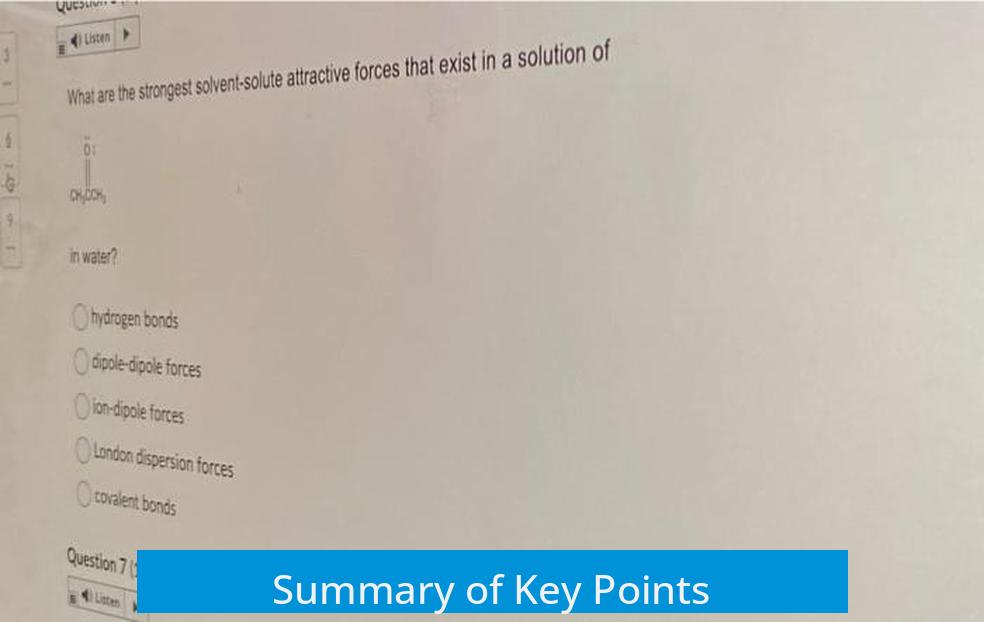
- Strongest solvents for oils are nonpolar hydrocarbons like hexane and toluene but pose safety risks.
- Surfactant-containing cleaners combine polar and nonpolar properties, improving oil removal with water.
- Industrial degreasers offer efficient oil dissolution in professional settings.
- Absorbents such as cat litter and OilDri handle bulk oil spills safely.
- Practical oil cleanup combines absorbents with biodegradable detergents or dish soaps for best results.
The Strongest Solvent for Oils? Let’s Dive In
When it comes to the strongest solvent for oils, the answer is often nonpolar solvents like hexane and toluene. They dissolve oils efficiently because oil molecules are nonpolar, and these solvents match their nature perfectly.
But—and it’s a big but—these solvents come with hazards. They’re not your everyday kitchen ingredients; they demand careful handling in labs or industrial settings. So, while they excel in breaking down oils, using them casually could be dangerous.
Curious how to actually clean up that oily mess without turning your garage into a chemistry lab? Let’s jump into how oils and solvents interact, what safer alternatives exist, and some practical tricks.
Why Nonpolar Solvents Are Oil’s Best Friends

Oils are famously nonpolar substances, meaning their molecules don’t like mixing with water, which is polar. This chemical mismatch is why oil and water just don’t get along in the same glass.
Nonpolar solvents like hexane or toluene share this nonpolar trait. Think of them as the “brothers in arms” to oil molecules. They attract each other, and oil dissolves in these solvents fairly effortlessly. This is why industry often uses these solvents to extract or clean oils.
Caution alert: Toluene and hexane are not play-friendly solvents. They’re flammable, toxic, and need a controlled environment for safe use. No random splashes on your kitchen floor, please!
Dumping Toluene on Oil? Not Always the Practical Fix
Imagine dropping toluene on that greasy spill in your garage. Sure, it’ll break down the oil quickly, but the aftermath isn’t exactly a walk in the park.
First, these solvents evaporate quickly and release hazardous fumes. Second, the oily solvent mixture still needs cleaning up. So you don’t end up with a magic fixer but a hazardous mess to handle. That’s why professionals avoid just pouring nonpolar solvents on oil spills in casual environments.
Safer and Smarter Alternatives: Surfactants to the Rescue
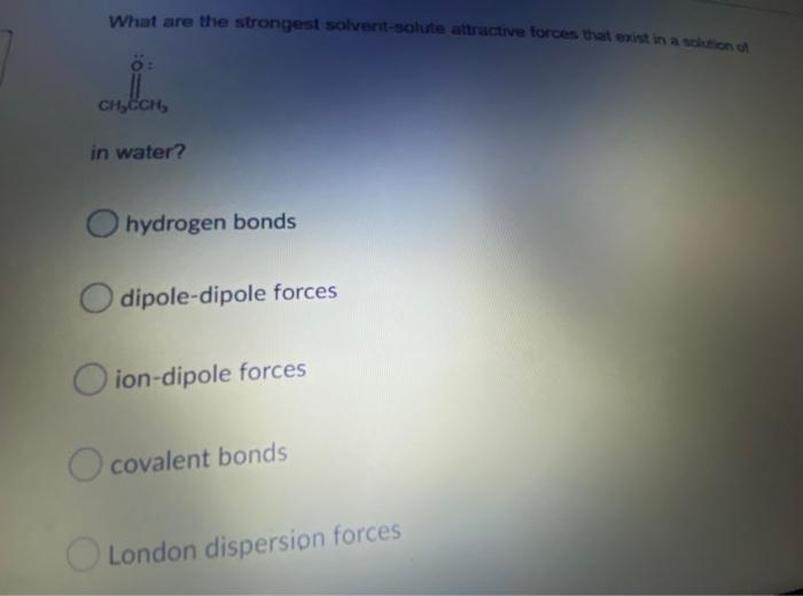
If nonpolar solvents aren’t a go, what is? The hero of everyday oil cleanup is the surfactant-based cleaner. Ever wonder why dish soap cuts through greasy plates? It’s all about surfactants.
Surfactants have a unique structure: a polar “head” and a nonpolar “tail.” This allows them to interact with both oil and water—making them master emulsifiers.
For example, products like Simple Green or even your trusty dish soap contain these surfactants. They surround oil droplets, breaking them into tiny bits that water can then wash away. It’s like coaxing two sworn enemies—oil and water—into a friendly handshake.
Industrial Degreasers and Biodegradable Detergents
On the industrial side, degreasers have been formulated to target oils efficiently while keeping safety in mind. These are generally stronger than household cleaners but still more user-friendly than pure solvents.
Biodegradable detergents are gaining traction for their eco-conscious twist. Combining absorbent materials with these detergents offers a two-step cleanup: soak up bulk oil first, then emulsify and wash away the residue.
Practical Tips from Real Life – Absorbents and Mild Detergents
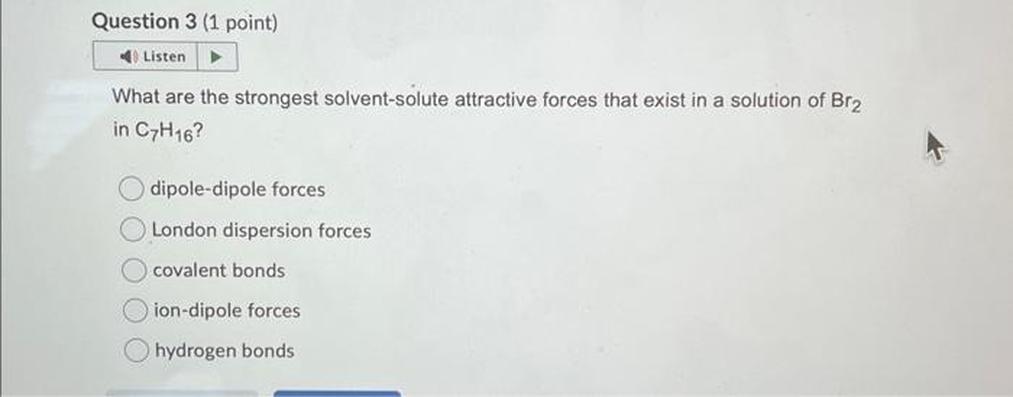
Here’s a story anyone dealing with oil spills will appreciate: When Dad spills oil in the garage, he doesn’t panic. Instead, he sprinkles cat litter over the spill. The litter soaks up the oil like a champ.
Following this, mineral spirits—another nonpolar solvent but less hazardous than toluene—plus absorbent clay help extract leftover oil. This combo gets into cracks and crevices, making sure none of that nasty oil stays behind.
For domestic messes, a simple Dawn dish soap wash with warm water usually nails it. This method’s reliability is almost legendary—if mayonnaise can keep oil in suspension, dish soap can surely handle a grease stain!
Summary Table: Oil Solvent Options at a Glance
| Solvent/Cleaner | Strength in Dissolving Oil | Hazard Level | Practical Use |
|---|---|---|---|
| Hexane | Very strong | High (flammable, toxic) | Industrial and laboratory only |
| Toluene | Very strong | High (flammable, toxic) | Controlled environments |
| Mineral Spirits | Strong | Moderate | Garage, household degreasing |
| Industrial Degreasers | Strong to very strong | Varies | Workshop, professional cleaning |
| Surfactant-Based Cleaners (e.g., Simple Green, Dish Soap) | Moderate | Low | Everyday cleaning |
| Absorbents (e.g., Cat Litter, OilDri) | Physical removal | Safe | Bulk spill cleanup |
What’s the Takeaway?
So, the strongest solvents for oils are indeed nonpolar compounds like hexane and toluene. They dissolve oils most thoroughly but come with safety concerns and aren’t suitable for casual use. Instead, smarter options mix absorbents and surfactant cleaners that tackle oil spills without hazardous risks.
Next time you face an oil spill, ask yourself these questions: Is this a controlled, professional setting? If not, can I safely use dish soap and absorbents instead? The answers will guide you to a safe and effective solution.
And remember, cleaning oil isn’t just about brute strength—it’s about chemistry, safety, and a bit of cleverness!


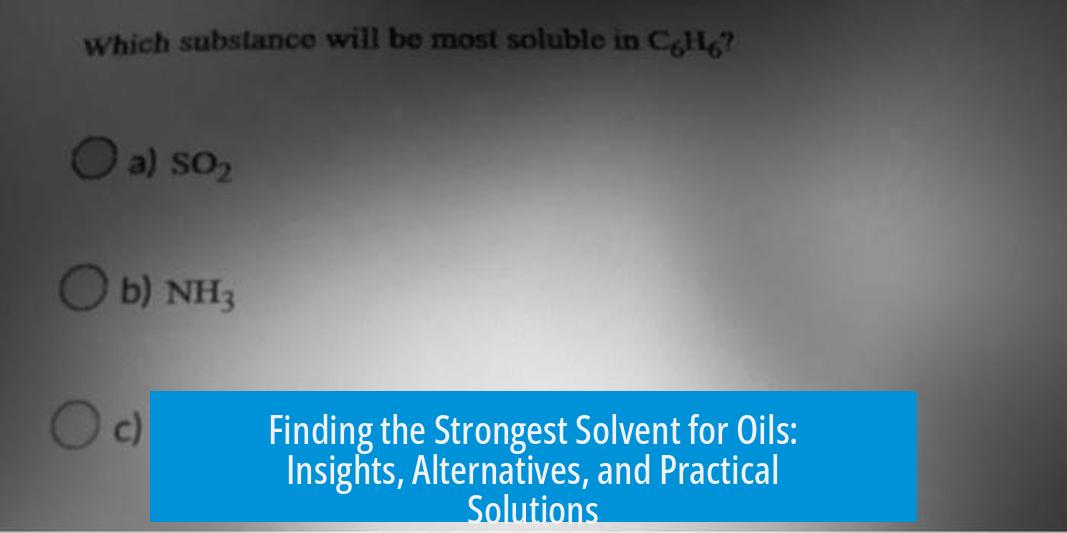


Leave a Comment